+86-159 9860 6917
info@geofantex.com
geofantex@gmail.com
+86-400-8266163-44899
Geosynthetic materials have revolutionized the field of civil engineering, especially in the construction and maintenance of roads. These synthetic products are made from polymeric materials and are used in a variety of applications to improve the performance and durability of road infrastructures. This article explores how geosynthetic materials contribute to modern road construction, addressing their types, benefits, uses, and the future of these innovative materials in the industry.
What are Geosynthetic Materials and Why Are They Used in Road Construction?
Definition of Geosynthetic Materials:
Geosynthetic materials are a category of synthetic products used in civil engineering and construction. They include various products like geotextiles, geomembranes, geogrids, geonets, and geocomposites, all designed to enhance the physical properties of soil.
Types of Geosynthetic Materials:
- Geotextiles: Fabrics used for separation, filtration, drainage, and reinforcement.
- Geomembranes: Impermeable membranes used for containment and environmental protection.
- Geogrids: Grid-like materials used for soil reinforcement and stabilization.
- Geonets: Net-like structures used for drainage and reinforcement.
- Geocomposites: Combinations of geosynthetics, tailored to specific engineering needs.
Applications in Road Construction:
- Reinforcement: Geosynthetics provide additional strength to road foundations, distributing loads more evenly and preventing subsidence.
- Separation: Geotextiles are used to separate different soil layers, preventing mixing and maintaining the integrity of each layer.
- Drainage: Geosynthetic materials help manage water flow, ensure proper drainage, and reduce water-related damage.
- Filtration: They act as filters, allowing water to pass through while retaining soil particles, which is crucial for maintaining soil stability.
- Protection: Geomembranes protect against environmental factors like chemical spills and erosion, ensuring the longevity of the road structure.
Benefits of Using Geosynthetic Materials:
- Increased Durability: Roads constructed with geosynthetics have longer lifespans due to enhanced structural integrity and resistance to environmental factors.
- Cost Efficiency: Reducing maintenance and repair costs over the long term.
- Environmental Protection: Preventing soil erosion and contamination, thus protecting surrounding ecosystems.
- Improved Performance: Enhanced load-bearing capacity and reduced deformation under traffic loads.
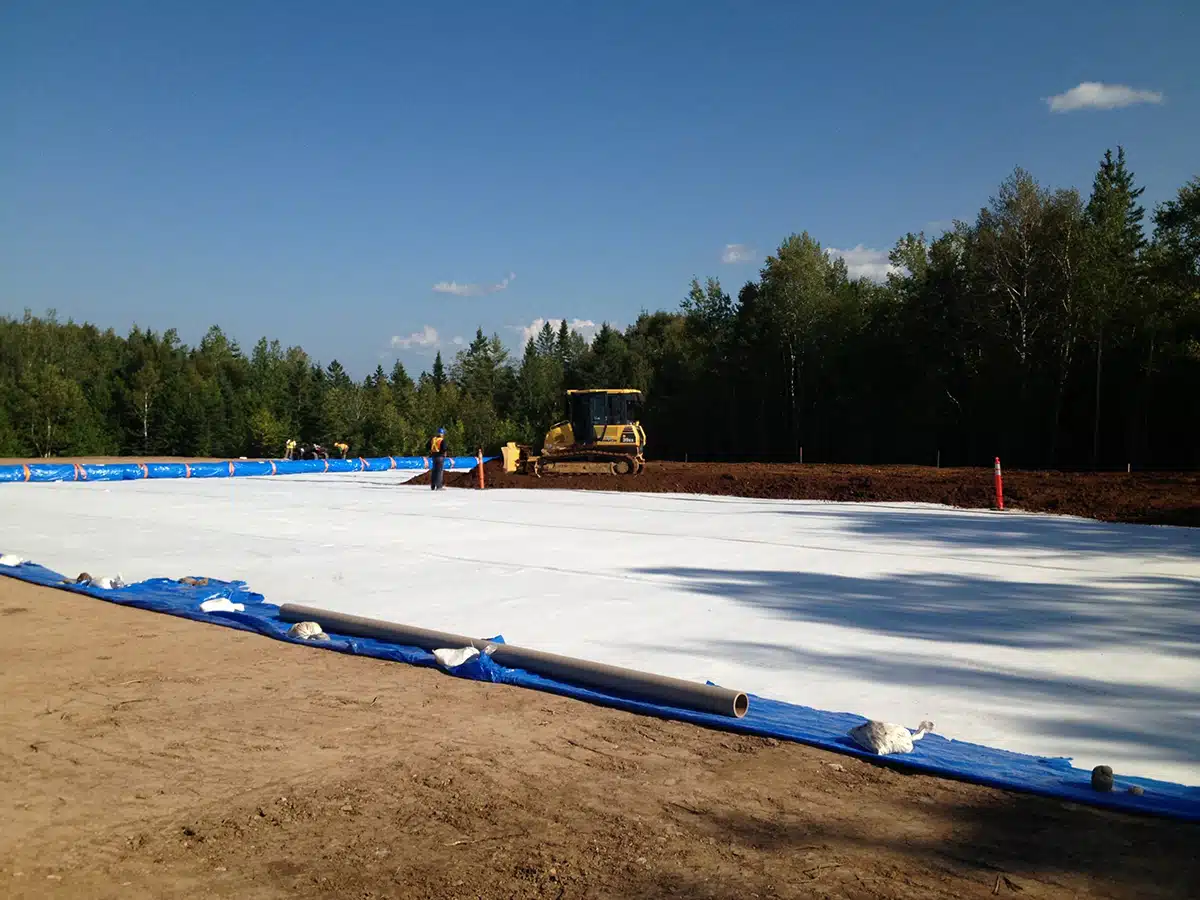
What Types of Geosynthetic Materials are Commonly Used in Road Construction?
The most common types of geosynthetic materials used in road construction include:
- Geotextiles: Fabric-like materials that separate different soil layers and improve soil strength.
- Geogrids: Grid-like structures that reinforce soils and are particularly useful in areas subjected to high loads.
- Geomembranes: Impervious membranes used primarily for waterproofing applications.
- Geocells: Three-dimensional honeycomb structures that confine and stabilize soils.
Each type serves a unique purpose and is selected based on the specific requirements of the road construction project.
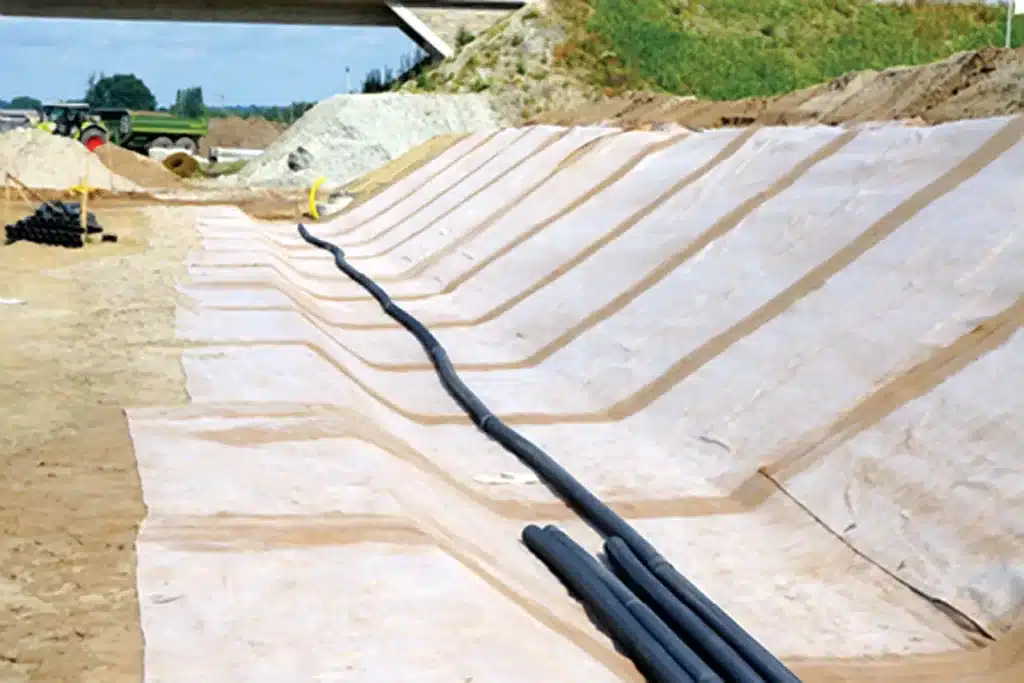
How do Geosynthetic Materials Improve the Durability and Efficiency of Roads?
Geosynthetic materials improve road durability and efficiency in several ways:
- Stabilization and Reinforcement: They stabilize the soil base and distribute loads evenly, reducing rutting and subsidence.
- Drainage and Filtration: They facilitate water drainage from the road structure, preventing water accumulation that can lead to pavement failure.
- Cost-Effective Solutions: By enhancing soil properties and reducing the need for natural aggregate materials, geosynthetics make road construction more economical and environmentally friendly.
- Quick Installation: Geosynthetics can be easily installed, which speeds up the construction process and reduces labor costs.
What are the Future Trends in Using Geosynthetic Materials in Road Construction?
Future trends in the use of geosynthetic materials in road construction include:
- Innovation in Material Technology: Continued development of stronger, more durable geosynthetic products that can withstand harsher environmental conditions.
- Sustainability: Increased focus on producing eco-friendly geosynthetics from recycled materials.
- Integrated Systems: Development of hybrid geosynthetic solutions that combine multiple functions in a single product, enhancing efficiency and performance.
- Smart Geosynthetics: Incorporation of sensors and IoT technology to monitor the health of road infrastructures in real time.
Geosynthetic materials are integral to the advancement of road construction technologies. By offering solutions for stabilization, drainage, and reinforcement, these materials not only enhance the durability and longevity of roads but also provide cost-effective and environmentally sustainable options. With ongoing technological advancements and a push towards more integrated and intelligent systems, geosynthetics are set to play an even more crucial role in the future of road construction.
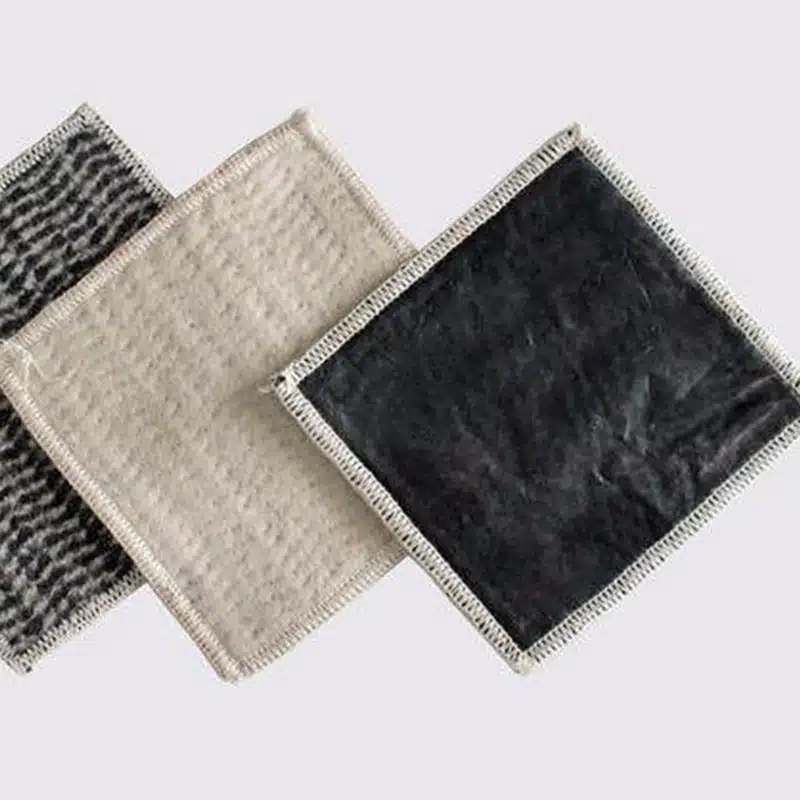
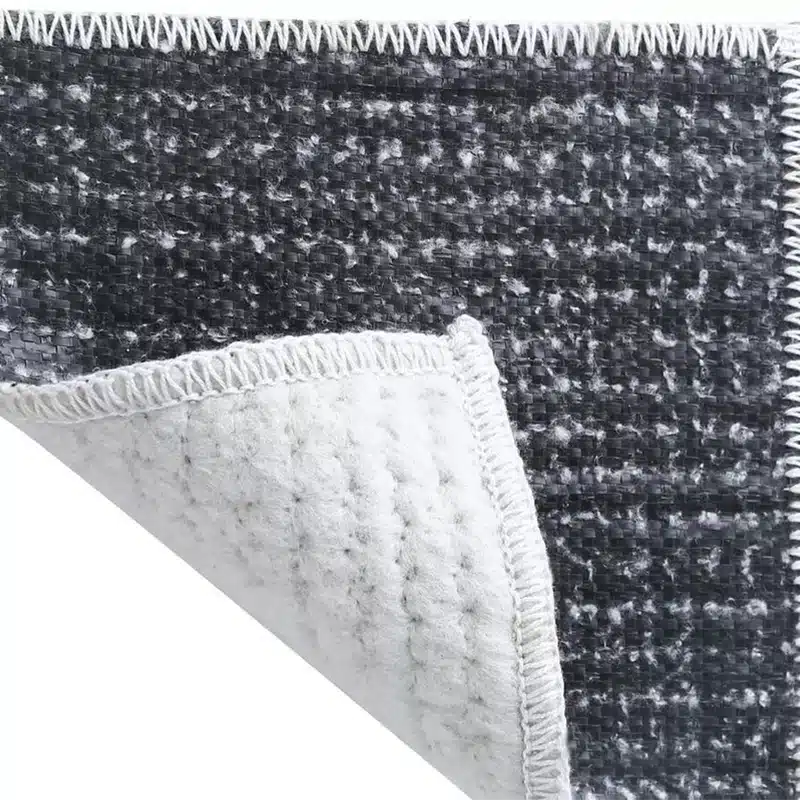
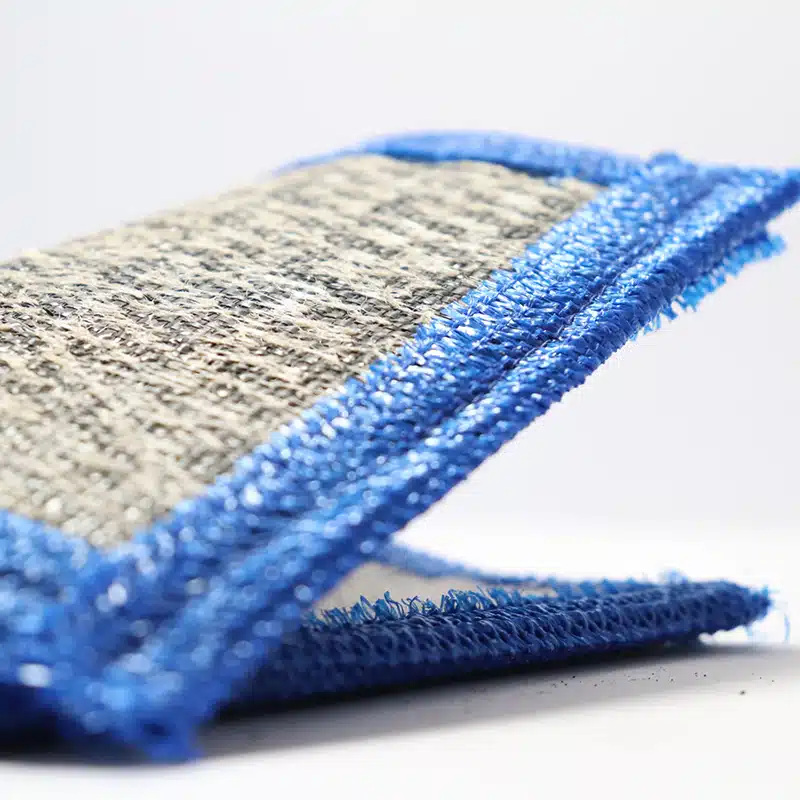
Get Free Sample
We’ll respond as soon as possible(within 12 hours)






















